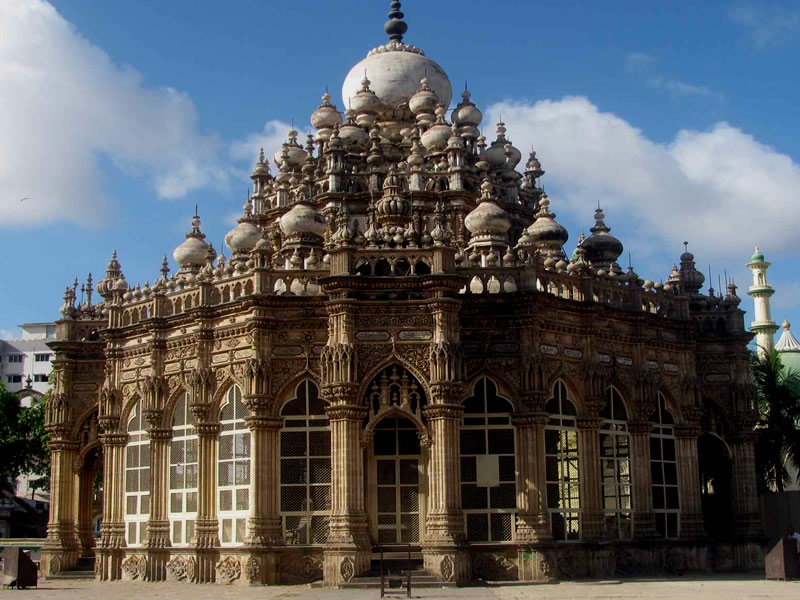Junagadh Travel and Tourism Guide
The city of Junagadh has a history dating back centuries, and the region has known many rulers in its time. The Mauryan Dynasty was one of its earliest kings. King Chandragupta constructed the Uperkot Fort in 319 BCE, and the fort was an integral part of the empire for a while, before being abandoned for over 300 years only to be discovered again in 976 CE. Chandragupta’s grandson, the great King Ashoka, left his mark on the fort as well, by inscribing fourteen edicts on a boulder close by. Between 475 and 767 CE, the Maitraka Dynasty ruled the region. Around 185 BC, the region was governed by the Kalinga Dynasty. Post-1573, Junagadh became a part of the Mughal empire. The Nawabs took over in 1730, and their descendants continued to rule till 1949. In 1807, Junagadh, under the Nawabs, became a tributary state of the British Empire. As the British had no direct control over Junagadh, they divided the region into 562 princely states. Post independence, these states were afforded the choice to join either India or Pakistan or become an independent entity. Two minor rulers of states that belonged to the larger state of Junagadh opted to join India. This resulted in a hostile takeover of these two states by the Nawab, which angered the rulers of the other minor states, who sent troops to Junagadh. After a further conflict betwee n the two nations, Junagadh finally became a part of India in 1948.







